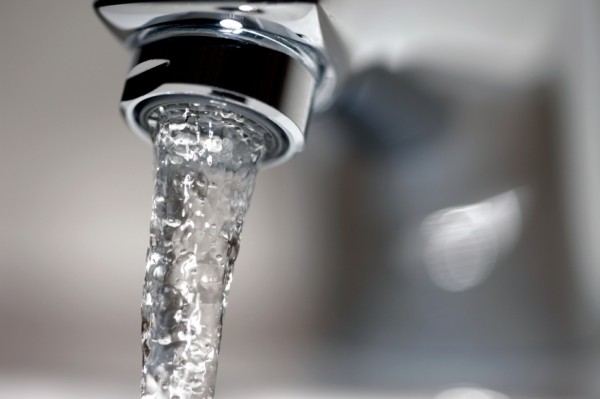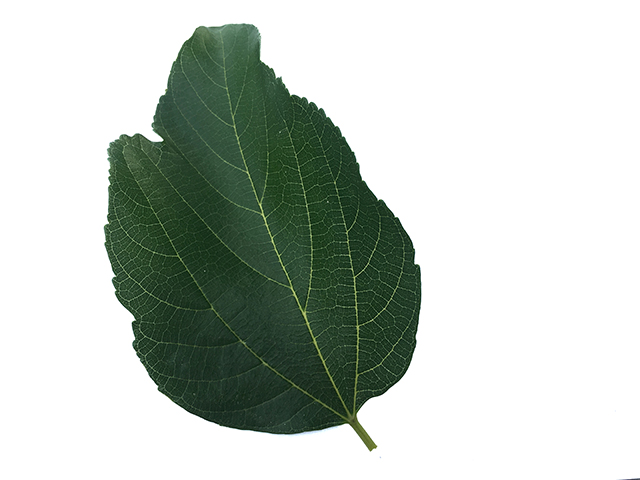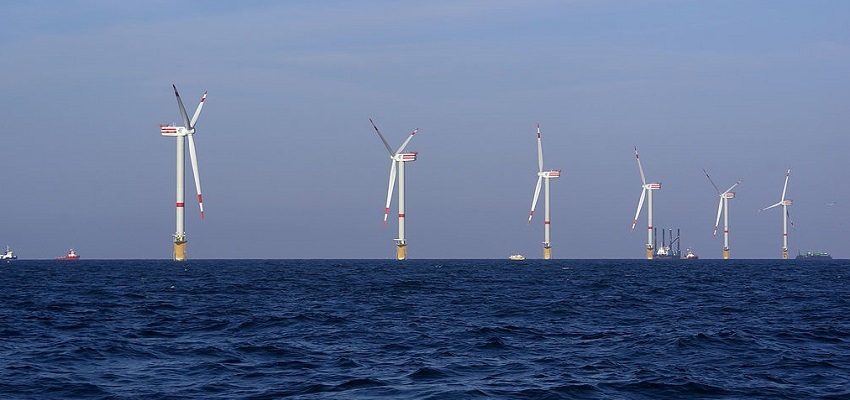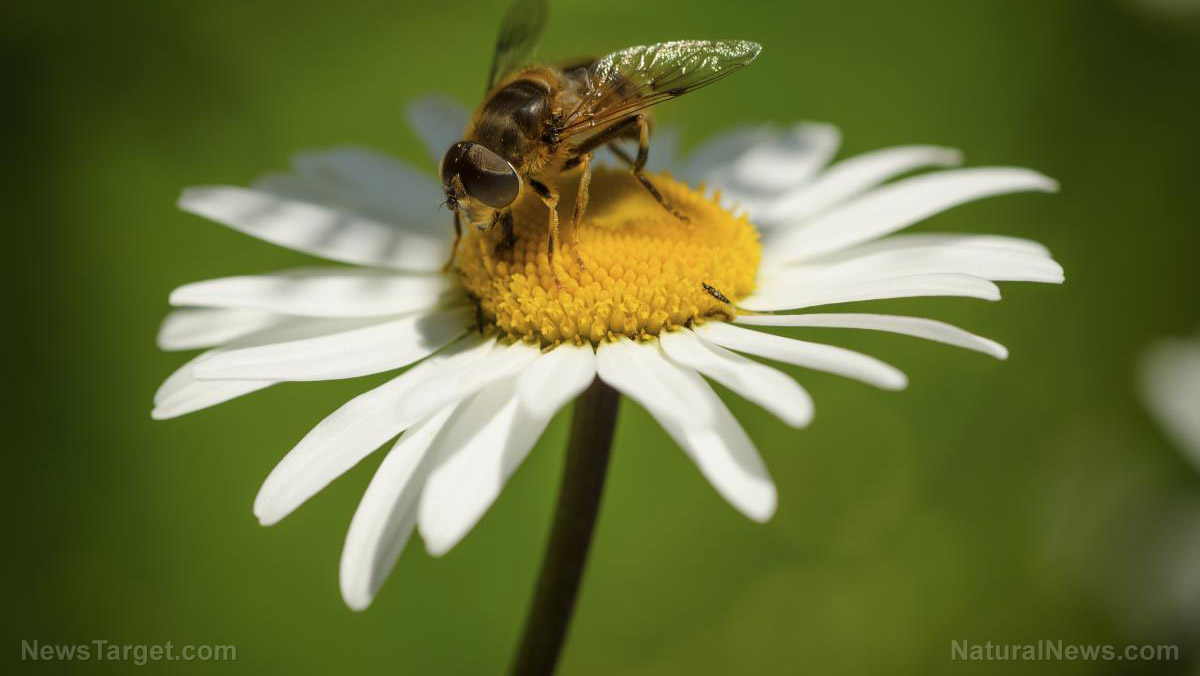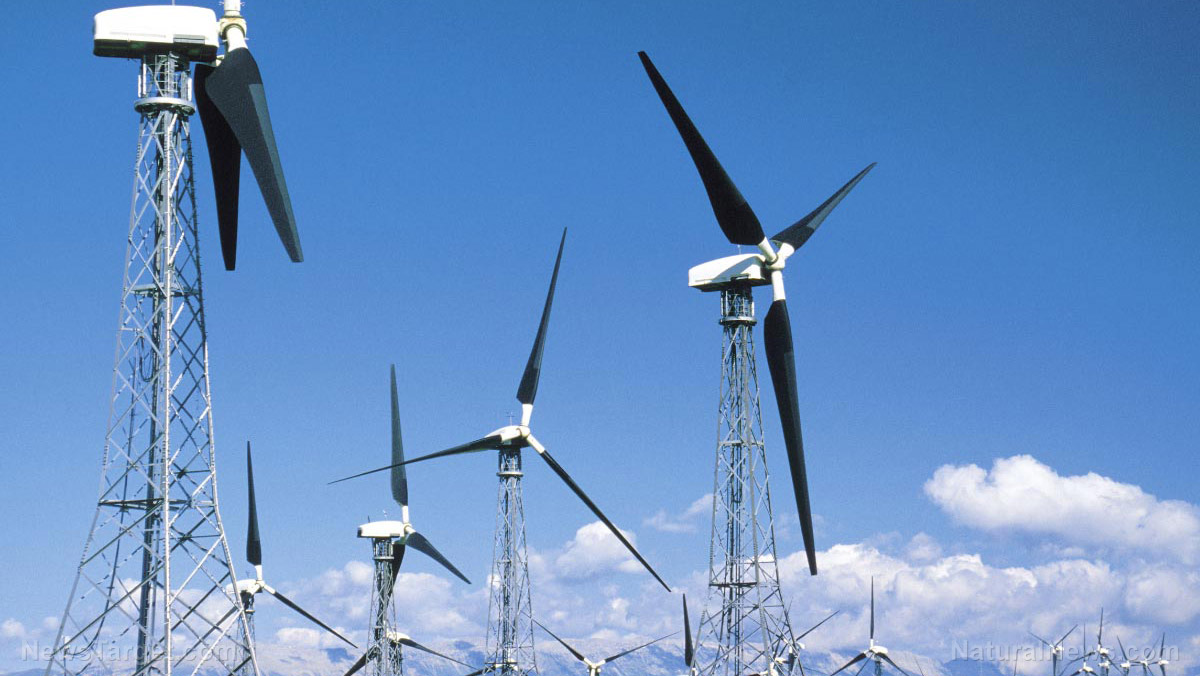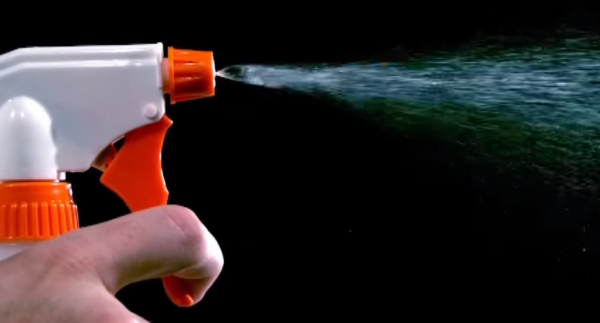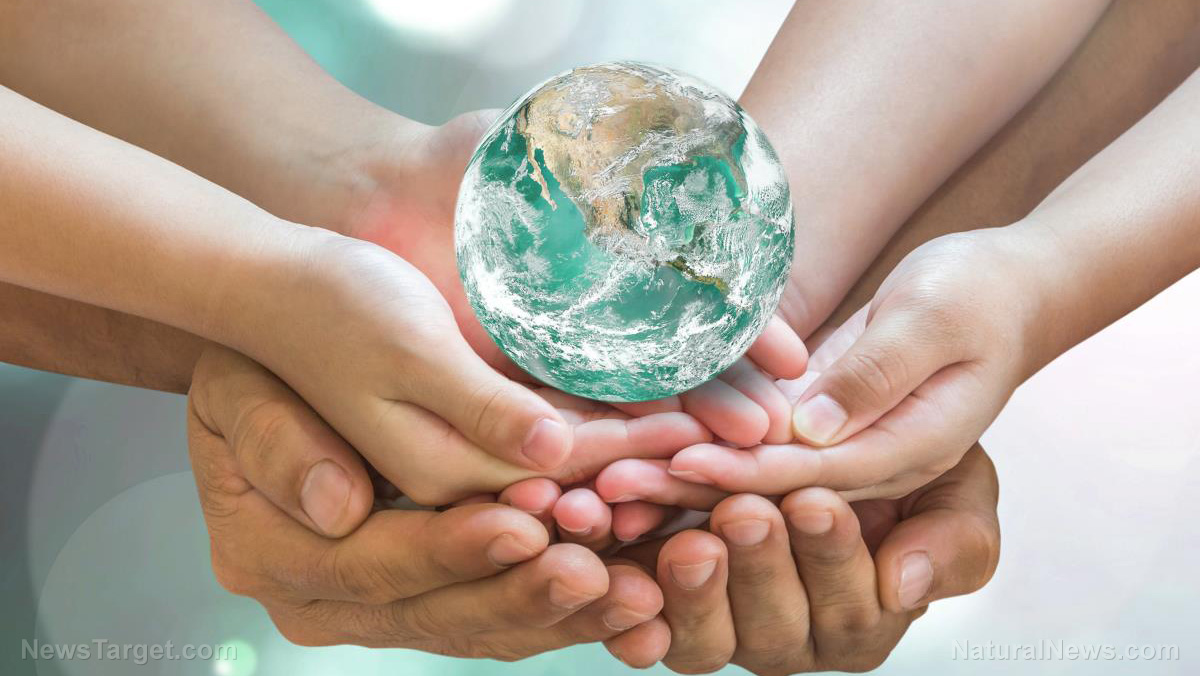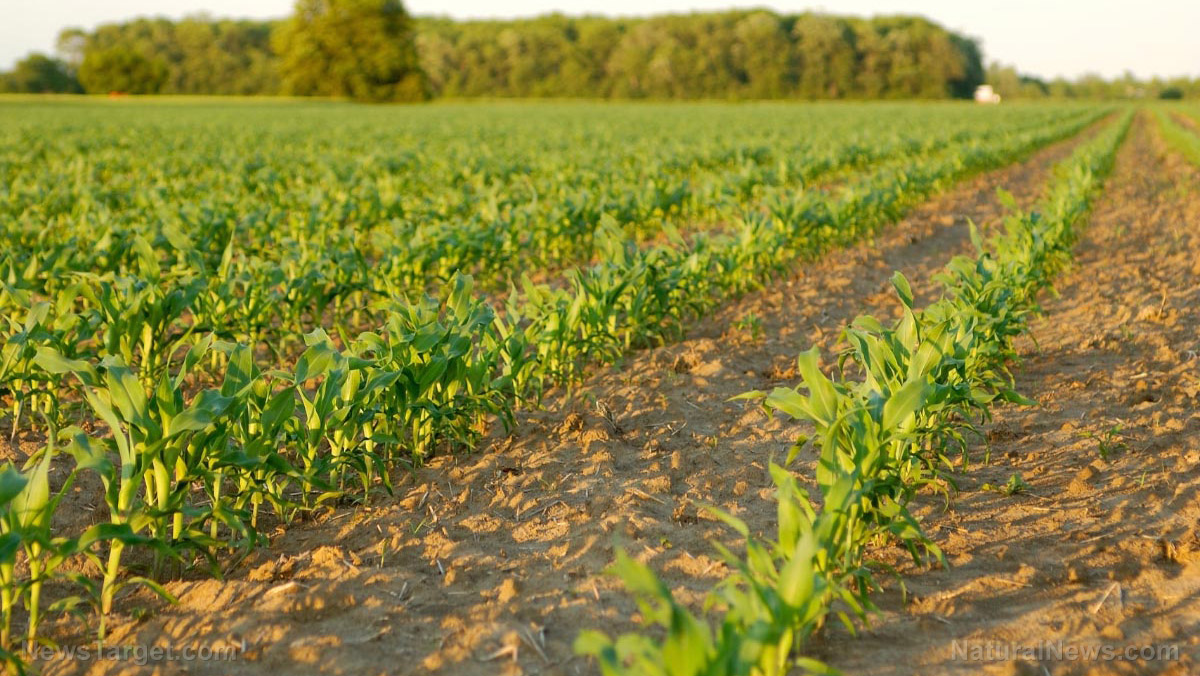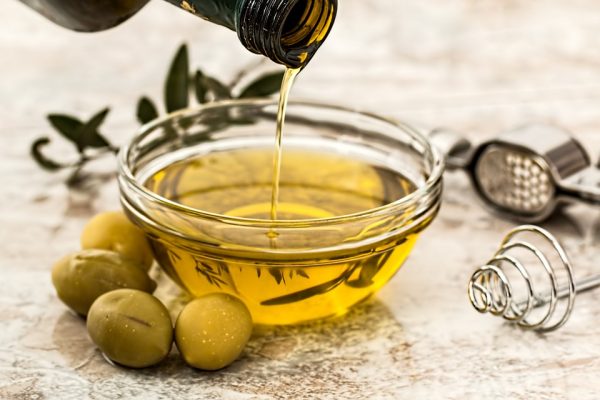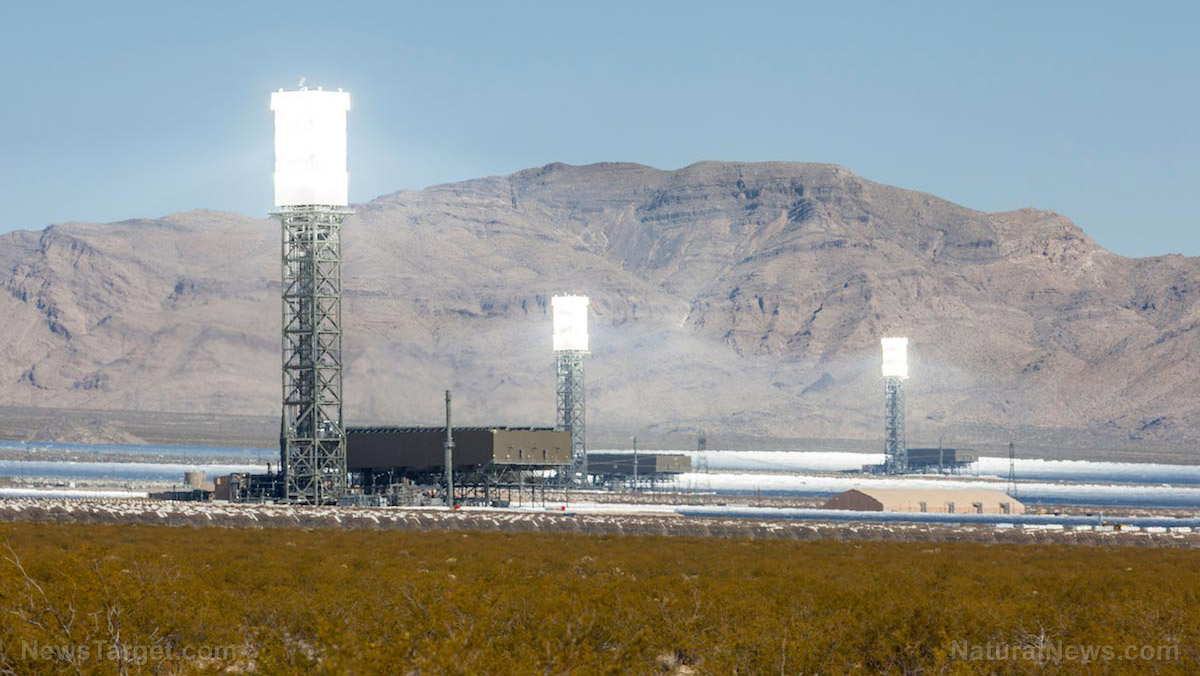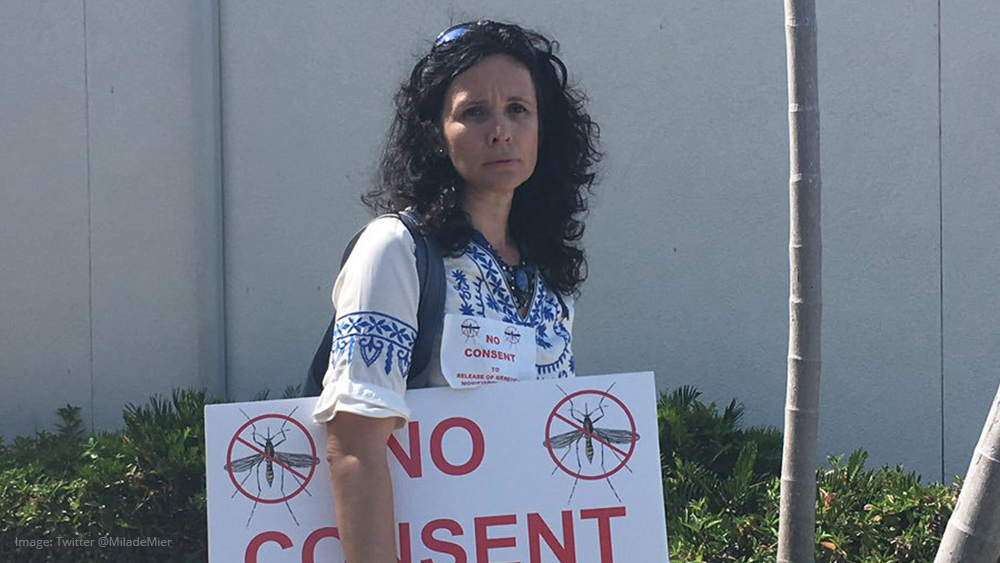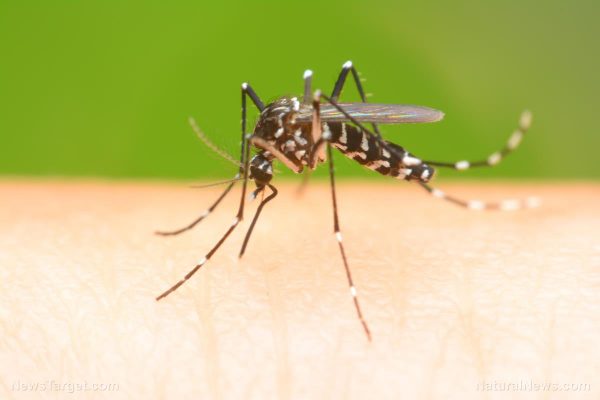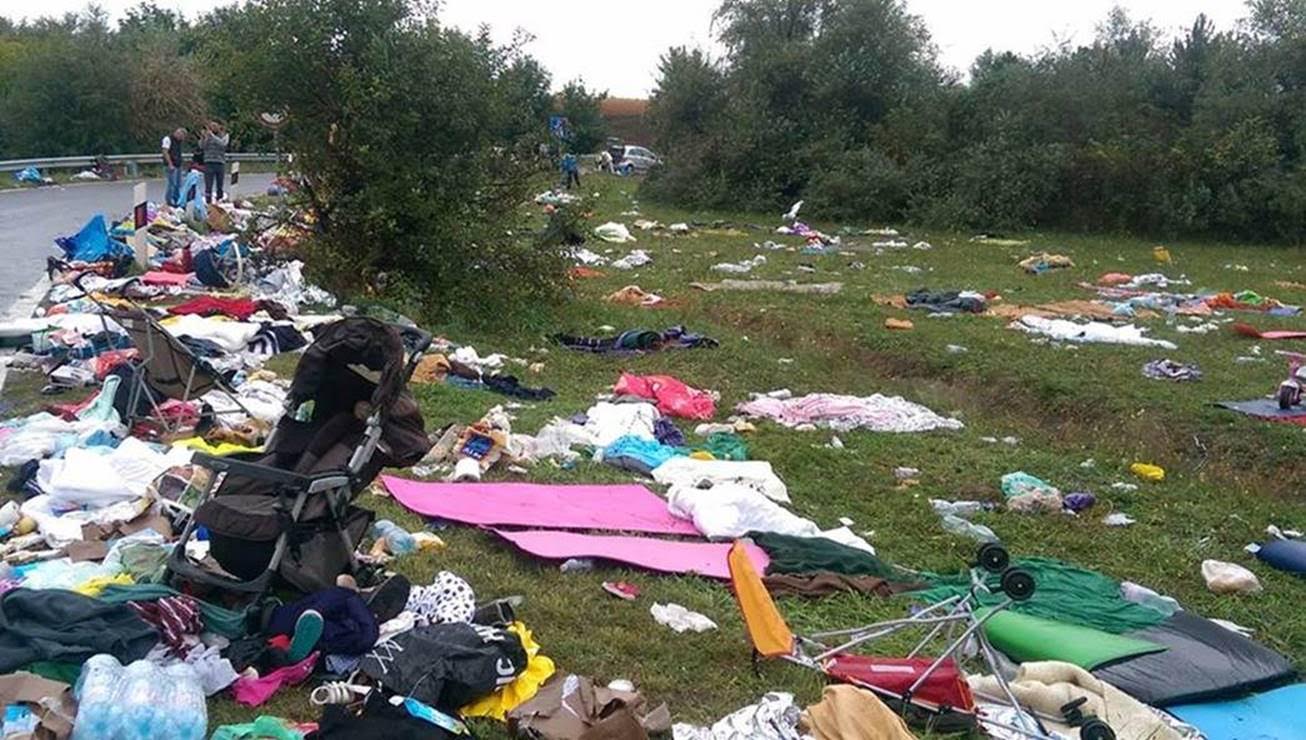03/16/2017 / By Thomas Dishaw
For the first time in decades, bottled water has beaten soda as the leading choice of beverage for Americans to drink. Bottled water consumption in the U.S. reached 39.3 gallons per capita in 2016, while carbonated soft drinks slipped to 38.5 gallons.
The change in public opinion and the research into the adverse health effects of soft drinks is no doubt the cause of the cultural shift in thinking. While it is great to see Americans taking the necessary steps to regain their health, we shouldn’t get excited just yet. What we have to remember is that bottled water is not merely an alternative to soda; it is also an alternative to tap water. By purchasing bottled water, consumers aim to establish themselves as savvy and health-conscious, even though they could simply drink a glass of tap water that is much less expensive and less damaging to the ecosystem.
Bottled water is essentially glorified tap water. More than 25% of it comes from a municipal supply. The water is treated, purified and then sold to us at a thousandfold increase in price. Bottlers aren’t required to list the source of their water on the label, so many people are shocked to find out that they just paid $1.99 for water they could have for free. And it turns out federal standards are similar for both bottled water and municipal water, which is frequently tested for contaminants. (RELATED: Get more news like this at Fluoride.news.)
In a 2008 study, the Environmental Working Group found 38 pollutants in 10 brands of bottled water. Two of the ten brands tested were chemically indistinguishable from local tap water. Pepsi’s Aquafina and Coke’s Dasani, the top bottled water brands in the country, are two of the brands that bottle filtered municipal water. Some brands of bottled water actually add sodium fluoride as an ingredient. One brand that does this is “Nursery Water” for babies.
Aside from deceptively draining our pockets, many water bottle manufacturers are also draining our natural resources. In 2015 the Nestle Water Bottling plant in Sacramento stirred controversy when it was discovered that the company was continuing to bottle city water, only to sell it back to a public suffering from its fourth year of a record drought. A local water coalition claimed that the company was draining up to 80 million gallons of water a year from Sacramento aquifers during the drought.
And let’s not even get started on the harmful plastic used to bottle water. Though many bottled water companies increasingly use BPA-free plastic, laced into plastic bottles are other chemicals that can seep out if bottles are exposed to heat or sit around for a long time. So if you leave your water in the car on a warm day, it could become lethal.
What Americans need to do is invest in a good water filter, and bottle their own water. This decision will help to ensure that the water consumed is free of fluoride, chlorine, and other pollutants. There are a plethora of bottle options from glass to stainless steel that are much healthier and will pay for themselves within the first week. This move will save your life and save your money.
Sources:
Businessinsider.com
Trueactivist.com
Mintpressnews.com

